Fire Alarm Monitoring & Firefighter Module
A wireless signal communicates with your fire alarm’s control panel, enabling all smoke detectors to contact your central station alarm monitoring system.
Fire departments respond to a blaze every 24 seconds somewhere in the nation. Meanwhile, a structural fire occurs every 63 seconds and a house fire every 87 seconds.
Based on such statistics from the National Fire Protection Association, an updated fire alarm system is a critical necessity in protecting your employees and your business. Fire alarms not only prevent the loss of life, injuries, and damages within your own space, this technology also guards against additional destruction and devastation to adjacent structures.
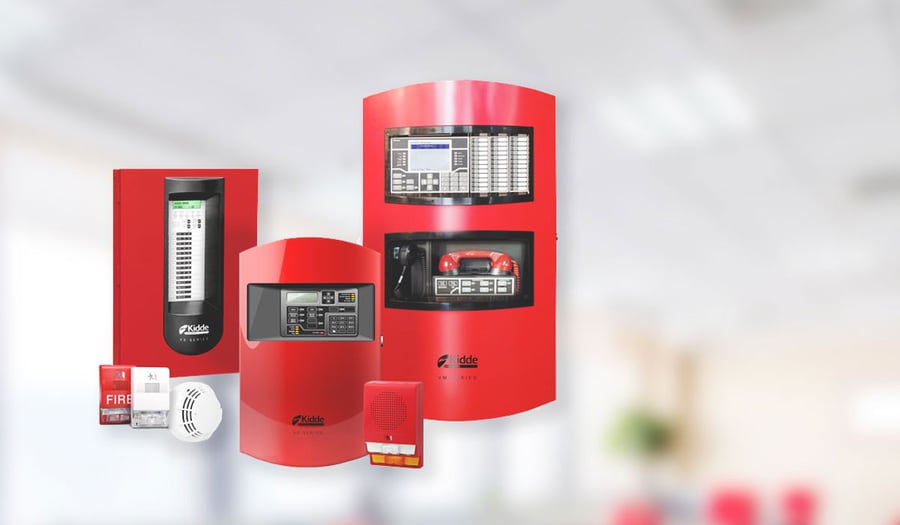
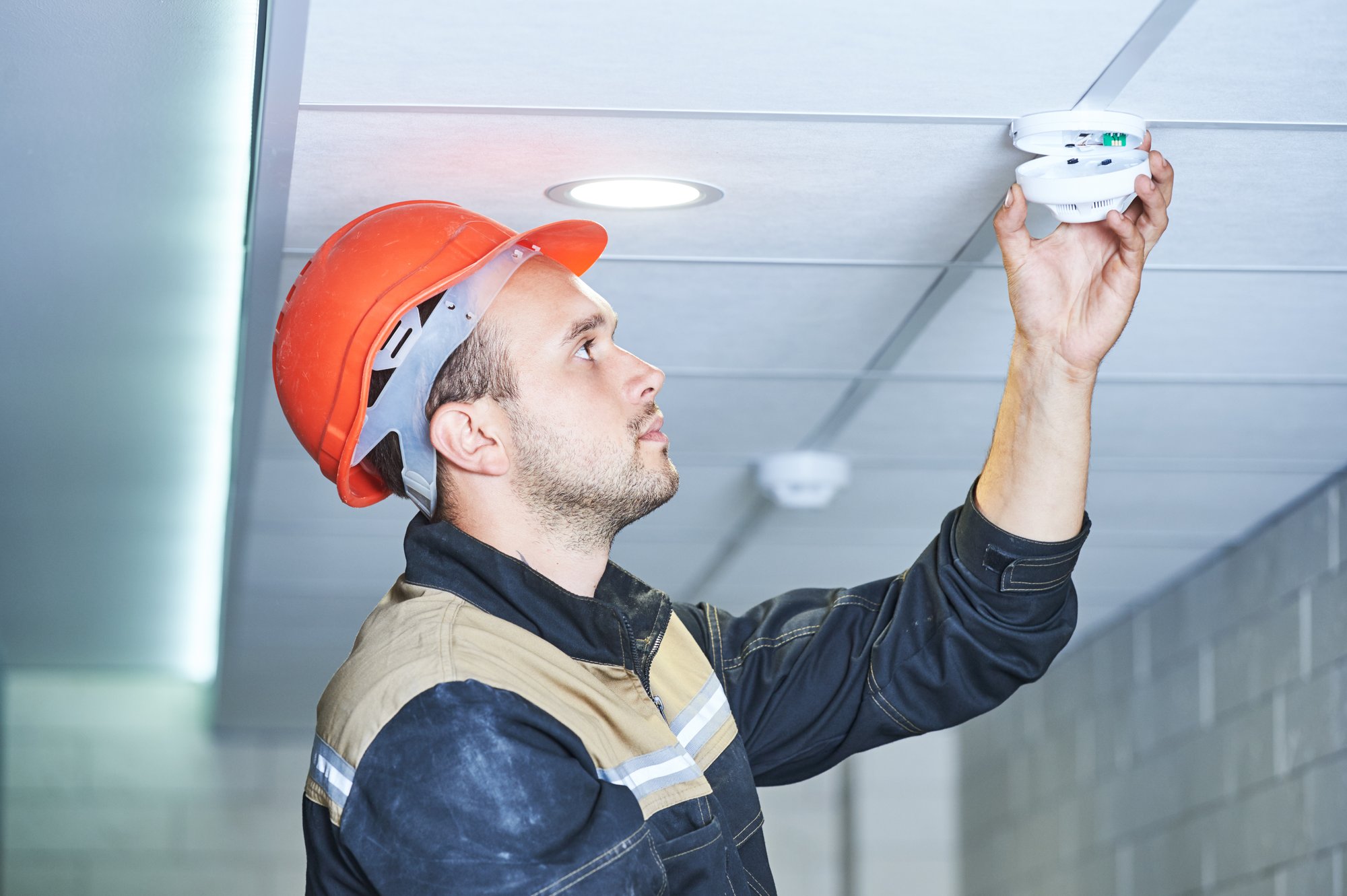
A commercial alarm system is designed to detect an issue, which then generates an alarm alerting you and your employees of an emergency situation. Your system’s accompanying alarm monitoring company will immediately dispatch first responders for quick action.
Adding smoke alarm detectors and carbon monoxide monitors provide another layer of protection against damages, injuries, and possible fatalities.
When deciding your business’ fire alarm package, you can start by identifying a specific plan to best-protect life and property. Experienced systems engineers and certified professionals will walk you through this process—from initial planning, layout, and installations—through final inspections.
Ensure your system is updated and installed by a certified, trained technician who’s well-versed in local, state, and federal laws and codes. This includes specialized wiring, equipment, and related elements.
Components include a 24-7 control panel, zone wire, device initiation, and actual installation. You’ll also need a ribbon connector to remove false alarms, which can cause issues with your central station alarm monitoring system and potentially rob valuable time and resources from first responders.
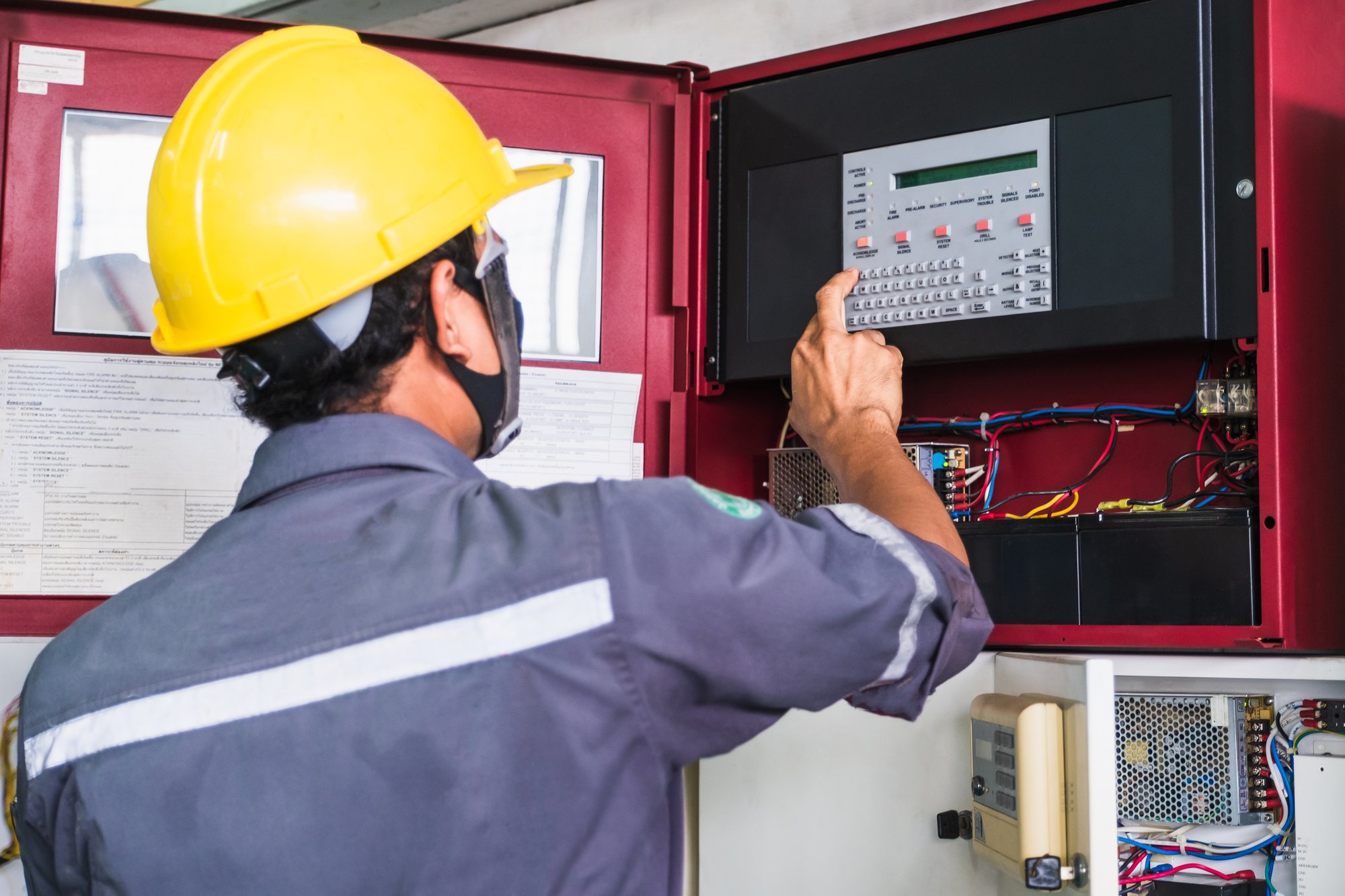
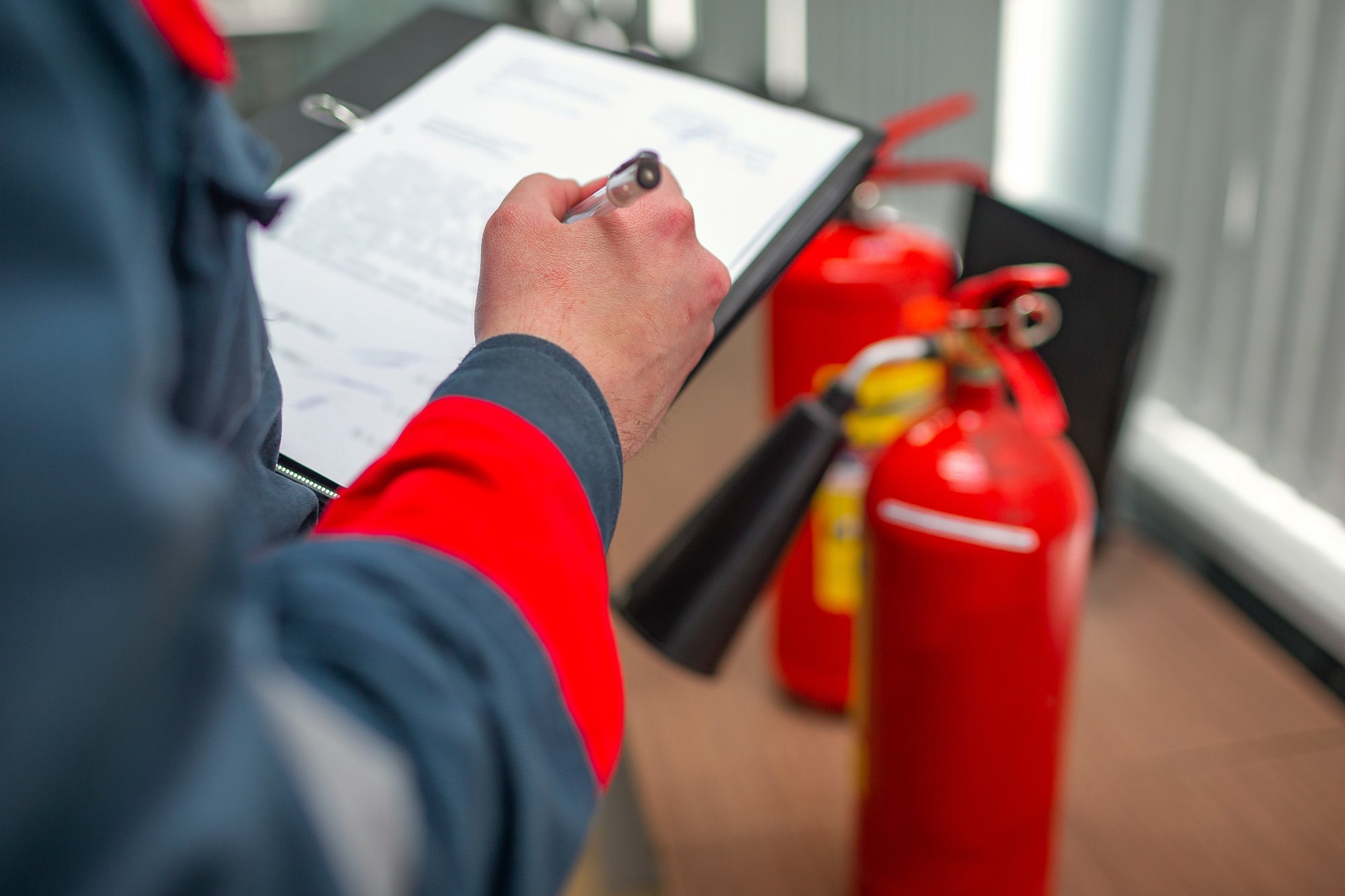
Your fire alarm system and accompanying components must be compliant and updated in accordance with local, state and national fire codes per the National Fire Protection Association.
Ensuring your system is up and running on the latest technology can be achieved—depending on your individual needs—through quarterly and monthly alarm equipment testing and inspections.
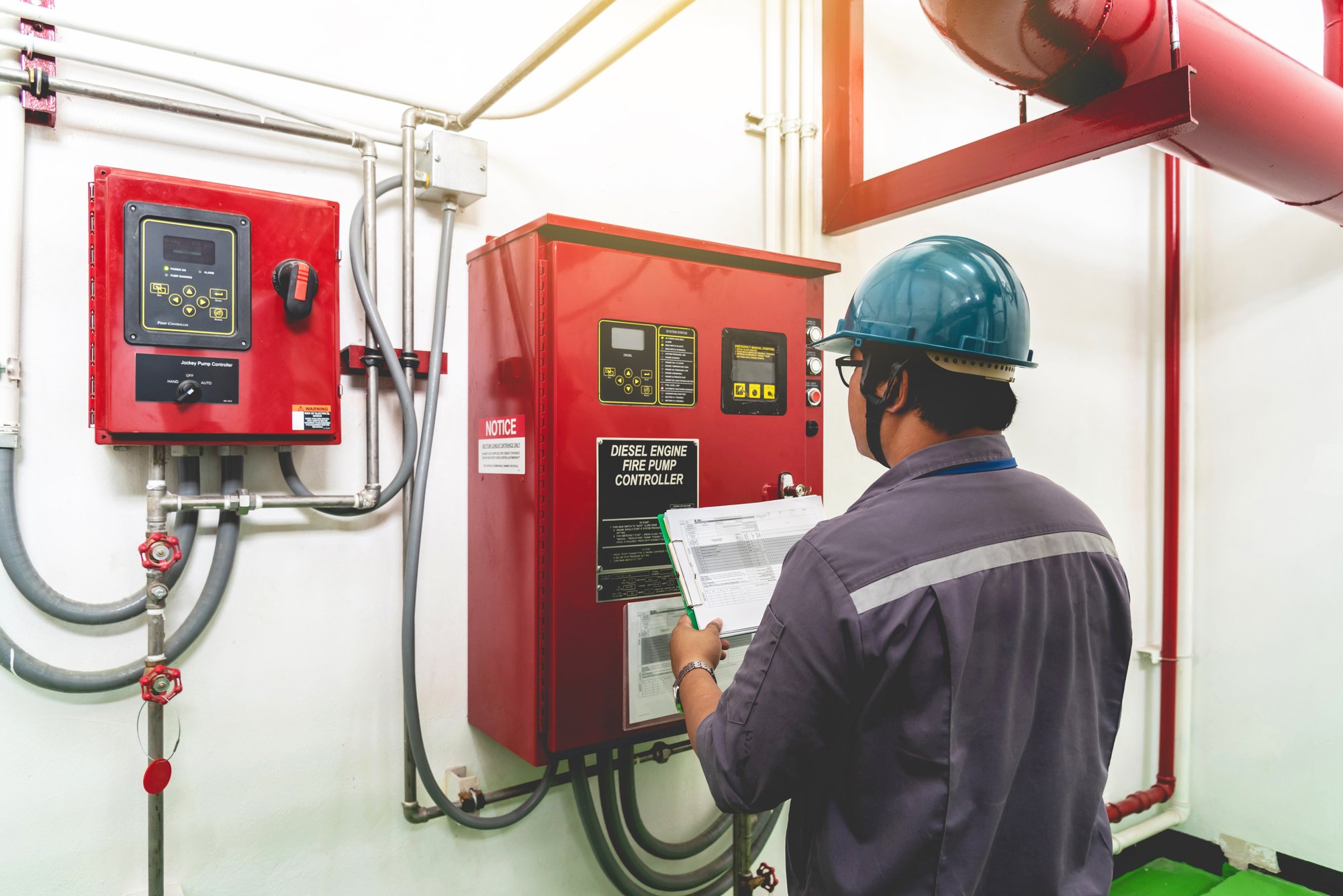

24/7 Protection & Response
In the event of a fire emergency, your alarm system will sound and connect directly to law enforcement through central station monitoring technology. This greatly increases your chances of a quick, reactive response, while also protecting your employees, business, and related assets.
Ensure you’re implementing the appropriate components when adding a fire and life safety system to your home.
A wireless signal communicates with your fire alarm’s control panel, enabling all smoke detectors to contact your central station alarm monitoring system.
Receive immediate notifications detecting and alerting you to this potentially fatal gas.
Ensure real-time alerts notifying you, your employees, and first responders of a potential emergency.